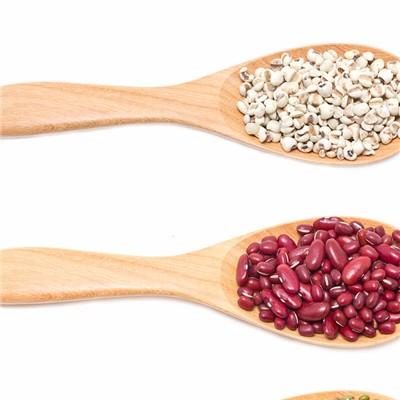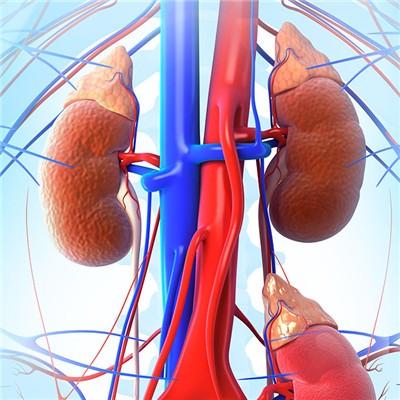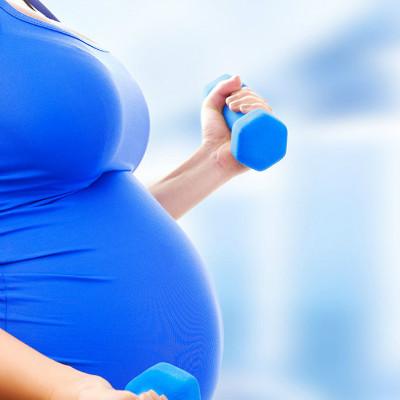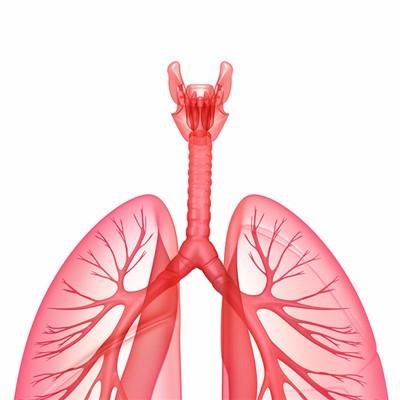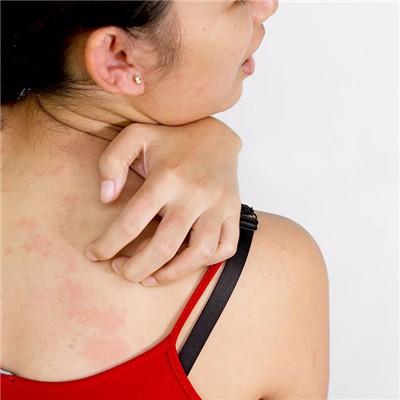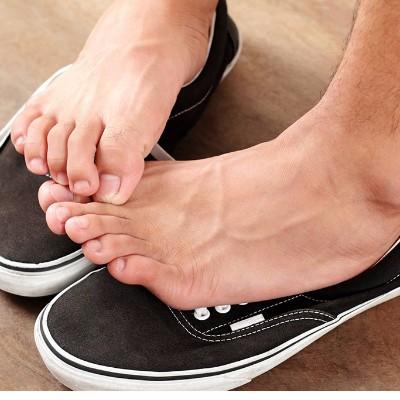The clinical symptom of knee joint hyperosteogeny?
summary
Knee hyperosteogeny, also known as proliferative degenerative arthritis, refers to our body cartilage degeneration of a disease. More civilian that is, knee bone hyperplasia refers to the knee spur. This is a common disease, not infectious. Most of the high incidence population is middle-aged and elderly, and the incidence rate of women is much higher than that of men. The clinical symptom of knee joint hyperosteogeny? Let's talk about it
The clinical symptom of knee joint hyperosteogeny?
First, the early symptoms of knee hyperosteogeny are mainly pain. No matter whether the patient is standing or sitting, sometimes it will hurt when walking for a long time, and it will also hurt when going up and down stairs. Like rheumatism, it will be more painful once catching a cold in cloudy and rainy seasons.
Second, if the condition is too long, patients do not have appropriate treatment, in the morning when they get up, they will find that the part of the knee joint will be stiff and unable to move, but after a small amount of exercise, it will be greatly improved. However, as the disease continues to worsen, our knee will gradually appear edema and other more serious symptoms.
Third, in many cases, many patients with knee osteogenesis will have joint effusion, and there is osteoporosis near the joint.
matters needing attention
Overweight is one of the important causes of bone hyperplasia in spine and joints. Excessive weight will accelerate the wear of articular cartilage, so that the pressure on the articular cartilage surface is uneven, resulting in bone hyperplasia. Therefore, for overweight people, appropriate weight loss can prevent bone hyperplasia of spine and joints.


